Basic Composition Principles
Composition is the way a photograph is framed and determines the impact of the image.
Most cameras take rectangular photos, so decide if the photograph is going to be taken horizontally or vertically. Long wide scenes like a sunset look better horizontally where as tall subjects such as sky scrapers or a tree look better taken vertically.
Rule of thirds.
Rule of thirds is a balancing technique you can apply when you are taking your image. To set it up you need to find the grid tool in your camera settings and turn it on. You will then be able to line up your three things. You should line up the main points of interest or focal point with the lines.
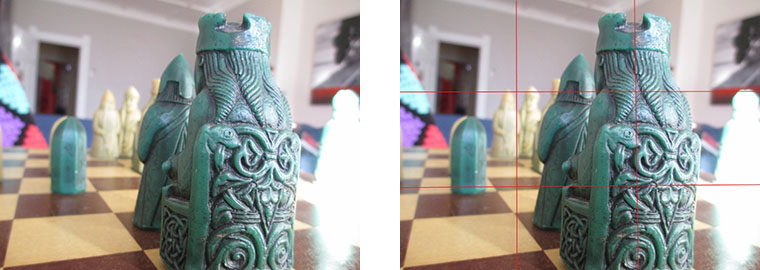
Simplify the background.
Busy backgrounds can take a lot of focus away from the focal point. So to emphasize a specific object or subject take the photograph with a simple background such as a sheet or a wall. You can also simplify the background by using a shallow depth of field.
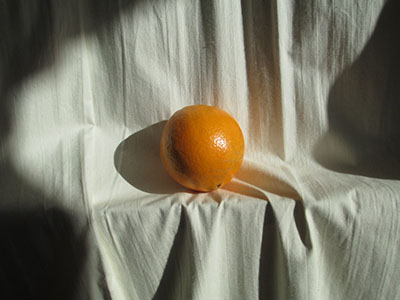
Framing a scene.
Using a frame in a shot can alter the composition dramatically. It draws attention towards the focal point and fills unwanted space. It can be achieved simply by framing the outside or part of the outside of the photograph with natural (such as a cave or a tree canopy) or man-made (such as windows and archways) objects.
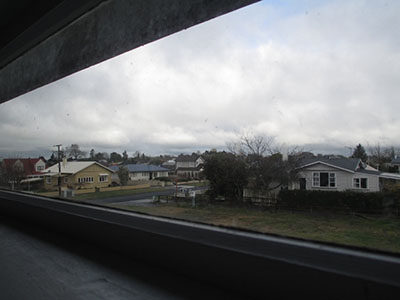
Less is more – keep it simple.
A picture with a dominant image is likely to have a stronger effect on the viewer. To do this, take a picture with one or two solitary items. It is an easy and efficient way to make a point and it will also dictate the path of the viewer’s eyes.
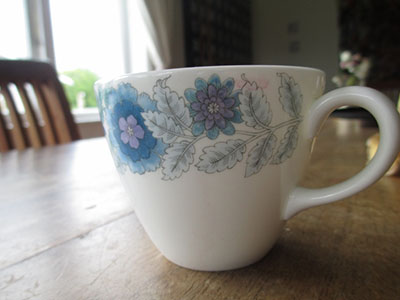
Using lines.
Lines are very important when taking a photograph because it dictates where the viewer carries their eyes and helps balance or segment your photo. You can use objects such as power lines, hedges, fences or rivers.
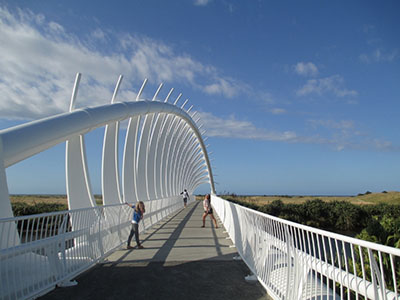
Contrast.
The most important thing about your photograph is light and color. Contrasting tones and shades create a dramatic impact. If you have a bold color amongst soft or dull colors, that object is going to stand out, similar to a spotlight on a stage. You can also generate interest with contrasting textures (rough/smooth, shiny/dull, soft/hard) and objects (light/dark, delicate/robust, predator/prey).

Close ups.
When you take a photograph with a close up of an object it attracts and holds the viewer’s eye. It is quite a good way to make an impact or it can make even a common place object seem remarkable.
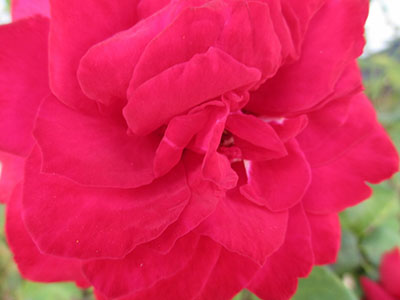
Alternative viewpoints.
Taking a photograph from an unusual place is a good way of making the ordinary look extraordinary. It shows the viewer an image or setting they may be familiar with and changes the viewpoint so they could see it from a different perspective.

Experiment.
Remember that these are just guidelines that you shouldn’t limit yourself to. These principles are just a guideline so feel free to do whatever you want with your picture.
Sometimes to take a great photograph all you need to do is add a different filter or use a weird lens. Use your imagination and remember a lot of photography is being at the right place at the right time to capture the moment.